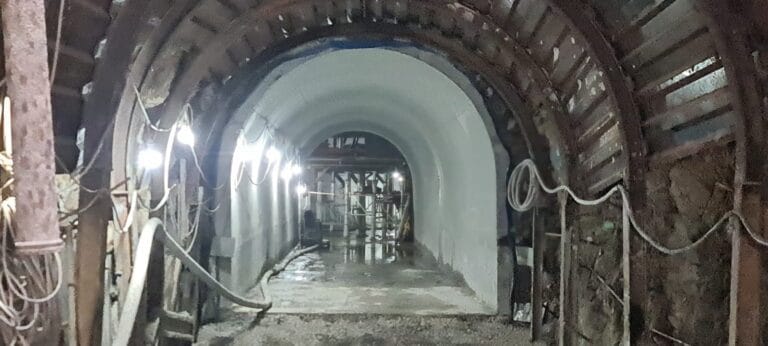Liquid sanitation is entering an acceleration phase in Morocco. The Minister of the Interior, Abdelouafi Laftit, announced before parliamentarians an ambitious overhaul of the initial schedule, aiming to generalize urban connections by 2029, five years ahead of the planned deadline.
This revision is part of a strong desire to catch up on territorial inequalities. Once urban centers are covered, efforts will be redirected to rural areas, where the deficit remains glaring. At the same time, projects launched under the National Conference on Advanced Regionalization will see their pace strengthened.
A total budget of 56 billion dirhams is mobilized for the period 2025-2034. Of this amount, 27 billion will complete the 389 ongoing projects, while 29 billion will finance 694 new operations, with particular attention given to the reuse of treated wastewater.
On this point, progress is notable: in 2024, the country recycled 53 million m³ of wastewater, mainly intended for the irrigation of green spaces and golf courses in 16 municipalities. The system will be expanded to 18 golf courses and 40 municipalities, with the introduction of industrial uses.
Since 2019, investments in sanitation have totaled nearly 49 billion dirhams, more than half of which has already been executed. The state has contributed through a dedicated fund amounting to 17.7 billion dirhams, and local authorities have provided 3.1 billion through their share of VAT.
These commitments have enabled 223 cities and urban centers to be equipped with an operational sanitation network, covering 21 million inhabitants. To date, 72 construction sites are underway and 90 others are planned, with an urban connection rate already close to 85%.
However, in rural areas, the delay remains stark: only 43 centers out of 1,207 are equipped, covering barely 105,000 inhabitants. The ministry has planned to extend the network to an additional 170 centers, which would bring coverage to approximately 420,000 people.
The Integrated National Program for Liquid Sanitation and Wastewater Reuse, launched in 2019, sets ambitious targets: 90% urban connection, 80% in rural areas, and a reuse of 100 million m³ of wastewater by 2027—with an expected leap to 537 million m³ by 2040.
The challenge is clear: to make liquid sanitation a universal right, not a privilege reserved for cities.


